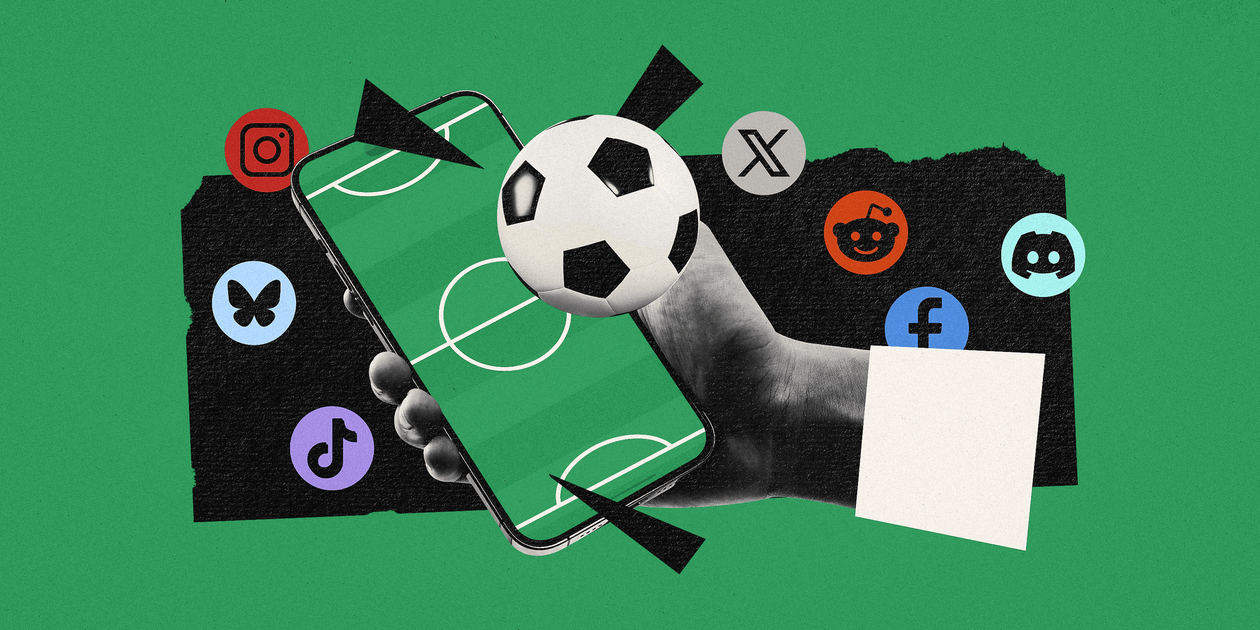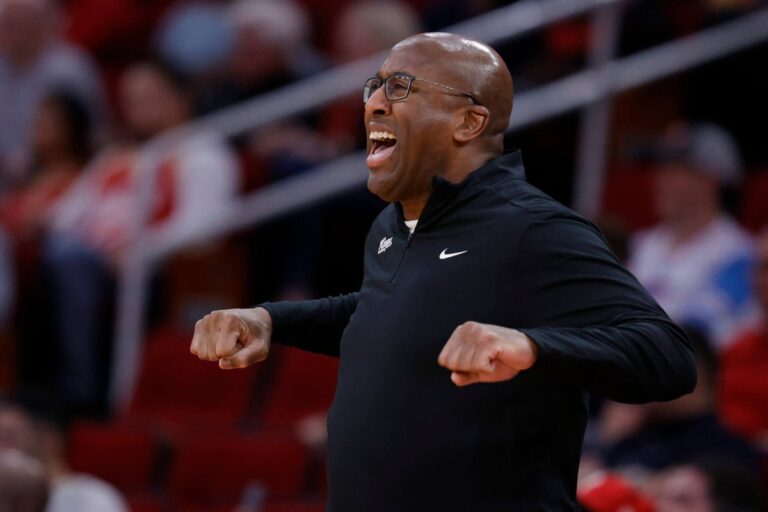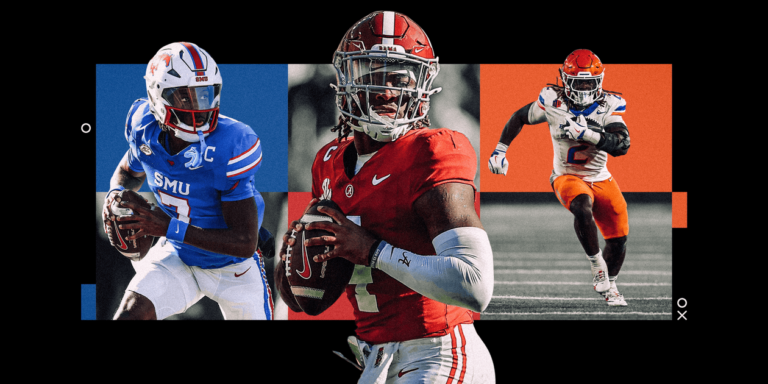Here is the plain text result:
Erling Haaland has posted only once on X in the past two weeks. The message was unremarkable and safe but notable nevertheless for a player of Manchester City striker’s profile using a platform that has become a no-go zone for many footballers.
Haaland’s posts are invariably bland. Jude Bellingham is rare among high-profile footballers in that his X posts occasionally contain a slightly more personal element.
But the Real Madrid and England star last posted on December 27 and many of the entries on his timeline are reposts from Madrid, sponsors or fan accounts.
Kylian Mbappe has posted once, with one retweet, since October.
Mohamed Salah posts regularly but almost always purely in photographic form. Cristiano Ronaldo largely follows the Haaland/Bellingham/Mbappe blueprint. Lionel Messi does not even have an account.
For years, Twitter, now known as X, was the platform of choice for professional players. Not anymore.
When we’re working with new players, X is never even a conversation anymore, really, whereas four or five years ago it used to be, says Ehsen Shah, the founder and CEO of B-Engaged, a company that provides social media services to players.
Players can’t really do that anymore. They don’t see it as a platform that they can actually work with and for us as the professionals behind it, it’s because of the negativity on that platform, whether it’s politics, sport, whatever else it might be.
So why are we going to throw a player into that? It’s almost like seeing a house burning and thinking, ‘Oh yeah, let me just go in there and see what’s going on’.
A decade or more ago, Twitter was the growth platform for players. They used it to converse directly with supporters and Wayne Rooney even appeared to use it to arrange transportation to training.
For now, X remains the most popular platform for clubs. It has been estimated that all 20 Premier League clubs joined Threads within 14 hours of its launch and some have become active on the platform, while most have set up Bluesky accounts but few post regularly.
Bluesky is still seen by many as a fall-back platform, according to the Premier League club media officer.
At the moment there’s just an unknown about X, and I think this is what has given birth to Threads and Bluesky — there’s almost a thought that you might wake up one morning and X just might not exist.
So I wouldn’t say Bluesky and Threads are fall-backs, but if anything happens to X, they’re definitely clubs’ alternatives.
For players, though, the appeal of new X alternatives appears to be minimal. Since moving away from active posting on X, most have found a comfortable home on Instagram.
When Threads came out, there was a big push from Meta to onboard players but most players said, ‘I just don’t really want to deal with another platform’, says Shah.
You can try to bring new platforms to players but they’re not that receptive to it.
Even with TikTok, you’ve got a younger generation that consumes it, but they might not necessarily use it to post anything on there.
TikTok is so huge but that platform works because it was providing something completely different. Bluesky and Threads are just providing something that already exists.
So, for the time being, the picture appears to be set. X remains the primary news platform for clubs, Instagram is the preferred branding and image-boosting network for players and Facebook remains an important part of a multi-platform world due to its sheer number of users.
But clubs are increasingly looking to branch out on their own. Many clubs have launched WhatsApp channels, disseminating information directly to their own fans.
Most major sides have their own apps, providing bespoke content catering to the needs of a single fanbase, with the added bonus that clubs can collate the kind of data on their users that social media companies would demand payment for.
So, while the dominance of X, Instagram and Facebook is unlikely to end anytime soon, there are still lots of unknowns.
I do think everything’s in play. It’s going to be very interesting to see how Bluesky and Threads develop. Both feel like much less toxic places than X, and I think a lot of football people are there because they dearly want Bluesky to work.
It looks and feels like the golden days of Twitter, but it feels like it hasn’t yet got the clout with the stakeholders.
Ultimately, people will go to where the fans are. It’s a numbers game. Clubs often have small, very hard-working social media teams, the ‘admins’ as people call them, and there are only so many platforms you can operate and activate effectively at the same time and ultimately they will go where the fans are.
People forget that actually, even though it’s not as socially relevant anymore, you’ve got 3.1 billion users on Facebook and 400 users are added every minute. It still accounts for about 30 per cent of all social media ads spent.
So Facebook is an absolute monster, and in other markets in the world, places such as Africa and Asia, it’s still absolutely huge as the first point of call for fandom.
I think clubs will want to have more direct relationships with fans, because they’re always looking for new ways to leverage their intellectual property and commercialise more effectively.
It’s becoming about having your own dataset on fans. Football clubs realised very quickly that social media is great for reaching a critical mass of fans and talking to fans, but when it came to trying to get some rich data on those fans, the social media platforms said you had to pay for it or they were putting up barriers.
Football clubs are starting to wake up to the importance of developing their own platforms. You’ve got Real Madrid who have got 126 million Facebook followers, but what does that actually mean in terms of fans?
You can’t really call each account on there a Real Madrid fan so it’s a bit of a false economy and I think football clubs are really going to be focused more on growing their own audiences directly.
It’s much more valuable to them to have someone download their own app and log into it a few times a week.
They’re going to be able to get more out of that user in terms of understanding how to target them, how to speak to them, what they’re interested in, and how they can shape their strategy than they would ever get from a social platform.
Source link




